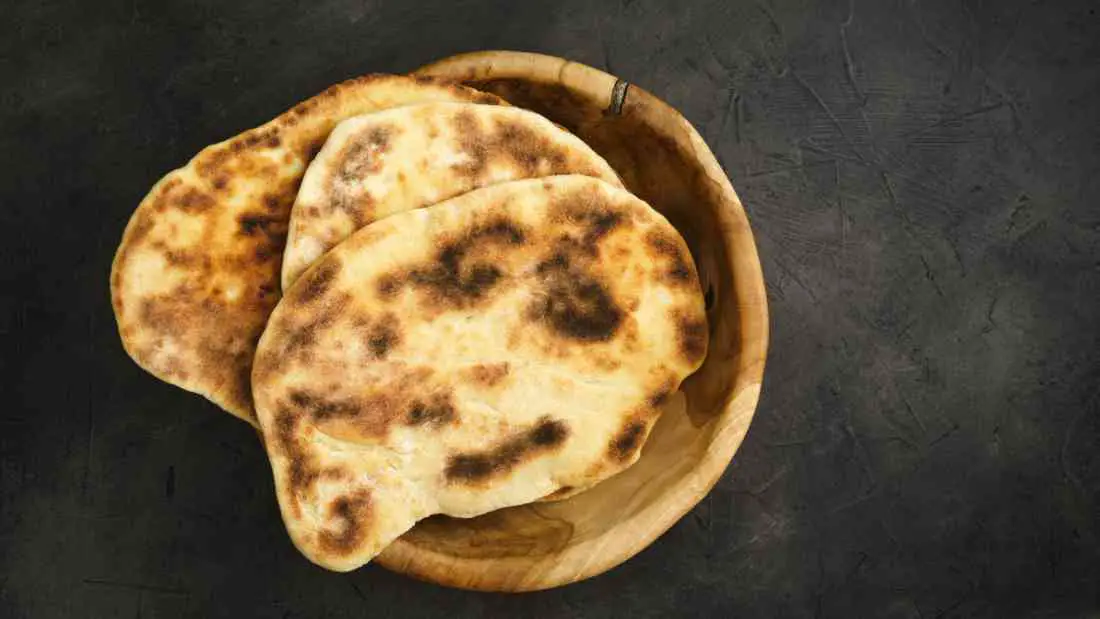Bread was not just a staple in the diet of ancient Egyptians; it was an integral part of their culture and daily life. From the rich to the lower classes, everyone consumed bread as a fundamental food item. The significance of ancient Egyptian bread extended beyond mere sustenance, with religious and cultural connotations attached to its production and consumption.

Bread-Making Techniques
The process of making bread from emmer wheat in ancient Egypt involved several intricate steps. Emmer, also known as farro, was a prevalent grain used in bread production during this era.
The method of processing emmer wheat to make flour for bread was labor-intensive and carried significant cultural and practical importance.
To begin, the emmer seeds were carefully dehusked and threshed to separate the grain from the chaff. This initial stage required meticulous attention to ensure the purity and quality of the grain.
Following this, the grain underwent grinding, a crucial step in transforming the emmer into flour suitable for bread-making. This grinding process was typically achieved using simple yet effective handheld grinding stones or more advanced grinding tools, depending on the technological advancements of the time period.
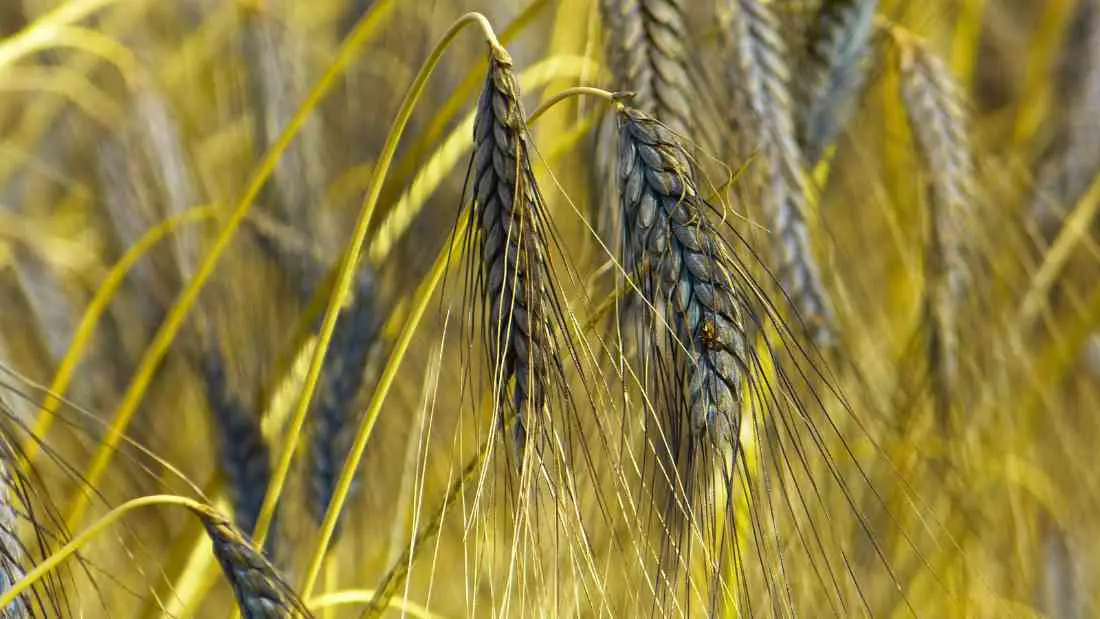
Once the emmer wheat was ground into flour, it was then mixed with water to form a dough. Natural yeast was often used to ferment the dough, contributing to the leavening process that resulted in the characteristic texture and flavor of ancient Egyptian bread.
The dough was then carefully shaped and baked in clay ovens constructed from Nile mud, reflecting the resourcefulness and ingenuity of ancient Egyptian baking techniques.
This laborious and meticulous process of transforming emmer wheat into bread underscores the cultural and culinary significance of bread-making in ancient Egypt.
It exemplifies the reverence and care with which this fundamental staple was produced, reflecting the deep-rooted importance of bread in ancient Egyptian society.
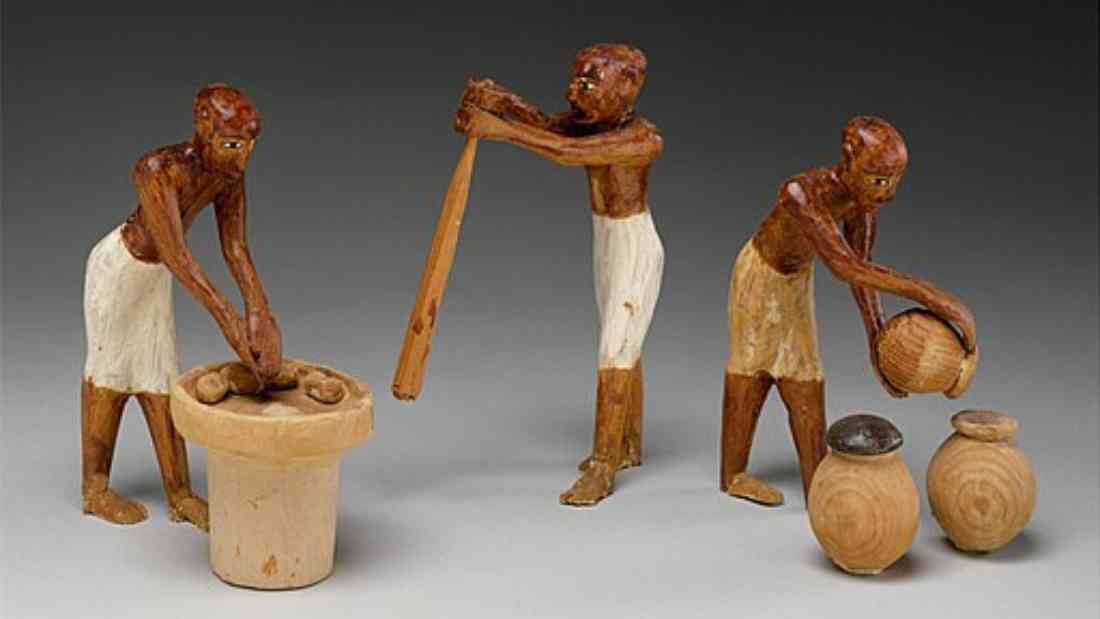
The Role of Bread in Ritual and Funerary Practices in Ancient Egypt
Bread held profound significance in the ritual and funerary practices of ancient Egypt, playing a pivotal role in religious ceremonies, offerings to the deceased, and ensuring the sustenance of the soul in the afterlife.
The ancient Egyptians revered bread as a symbol of life and nourishment, attributing magical and spiritual qualities to this staple food item. In funerary rites, bread was an essential component of the elaborate rituals designed to ensure the immortality of the deceased.
Funerary loaves, often depicted in ancient Egyptian art and hieroglyphs, represented a crucial offering to sustain the departed in the afterlife. These loaves were intricately prepared and presented as part of the food offerings in tombs, symbolizing the continuation of life beyond death and the provision of sustenance for the journey to the afterworld.
Furthermore, ancient Egyptians considered bread to be essential for sustaining the deceased in the afterlife. As a result models of bakers and brewers were buried with the deceased, ensuring the provision of bread and beer beyond the earthly realm, and emphasizing the ancient Egyptians’ desire for an afterlife replete with the comforts and necessities of daily existence.
The meticulous craftsmanship of these models highlighted the reverence for the culinary arts and the skilled labor involved in the production of bread and beer. The expertise of bakers and brewers was esteemed, and their representations in tombs underscored the value placed on their respective professions and the integral role they played in sustaining both the living and the departed.
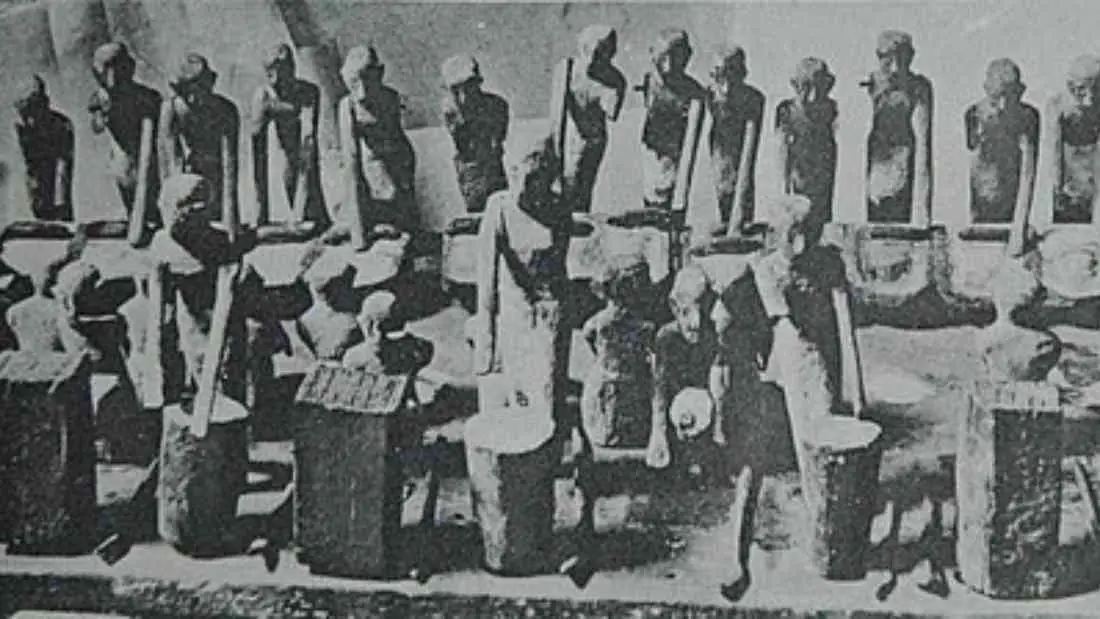
The Economic Value of Bread in Ancient Egypt
The production, distribution, and consumption of bread were integral to the functioning of ancient Egyptian society. Bread thus held immense economic significance. It served as a fundamental commodity that permeated all levels of society and played a central role in the economy.
The cultivation of grains, particularly wheat and barley, for bread production formed the backbone of ancient Egyptian agriculture.
The fertile lands of the Nile Valley facilitated the cultivation of these essential crops, contributing to a robust agricultural economy centered around grain production.
The surplus grain harvested from the fertile fields was crucial for sustaining the population and fueling various economic activities.
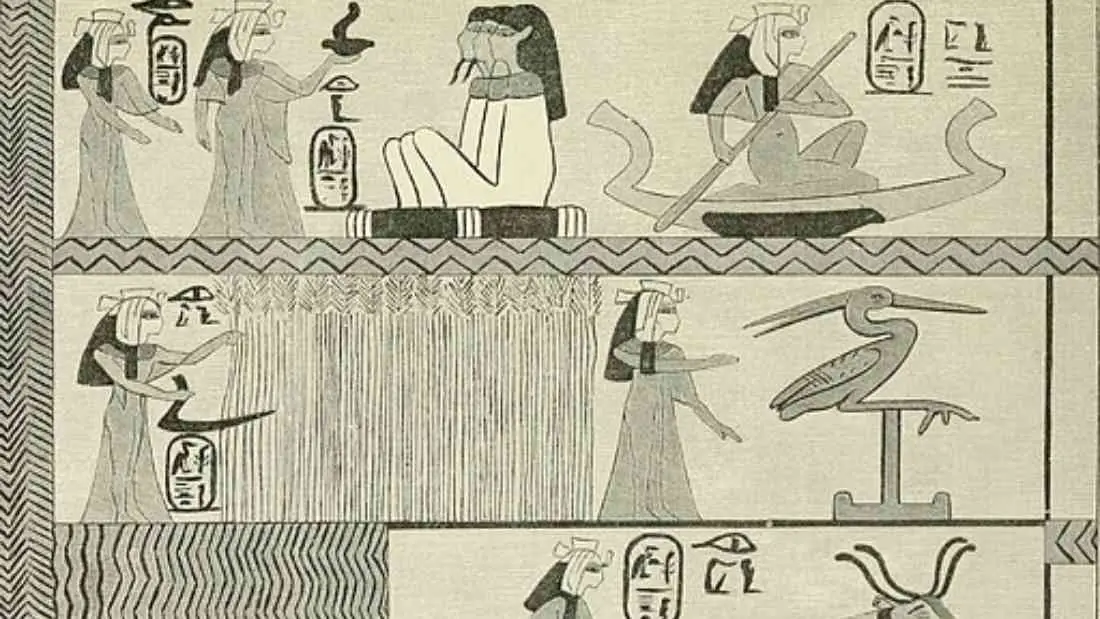
Moreover, the labor-intensive process of bread production, from grain cultivation to baking, provided employment opportunities for a significant portion of the population.
Skilled artisans, millers, bakers, and laborers were involved in the intricate tasks associated with bread-making, thereby contributing to the economic vitality of ancient Egyptian communities.
Furthermore, the exchange and trade of bread and grain formed an essential component of ancient Egyptian commerce and trade networks.
Bread was also often used as a form of payment or ration for laborers, exemplifying its role as a unit of economic exchange and a means of sustenance for the workforce.
Additionally, the taxation system in ancient Egypt included the collection of grain and bread, further underscoring their economic importance as tributary goods.

Conclusion
The economic significance of bread extended beyond the basic sustenance of the populace. It influenced trade, labor, and the overall economic landscape of ancient Egypt. Its centrality in agricultural production, labor allocation, and trade networks demonstrates the pivotal role of bread as a cornerstone of the ancient Egyptian economy.

